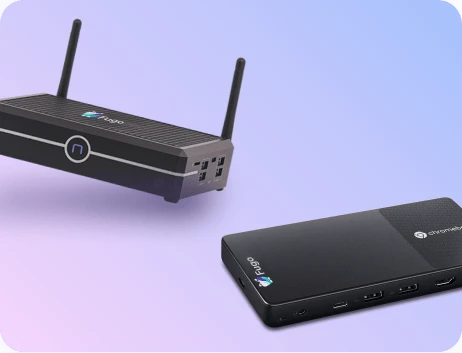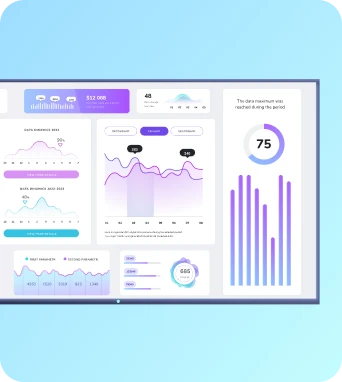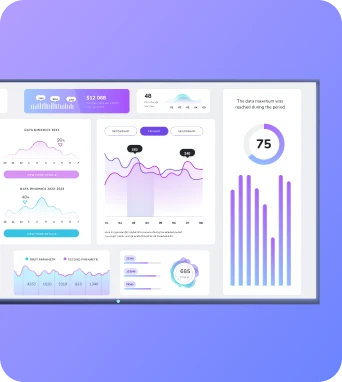Audience analytics
Audience analytics for digital signage captures anonymised viewer interactions with screens and TV dashboards, measuring metrics such as footfall, dwell time, view rates, and inferred demographics to inform content strategy, scheduling and placement decisions for workplace displays and public screens.
Audience analytics
How audience analytics works
Audience analytics combines several data sources and processing techniques to generate usable metrics for digital signage networks. Common inputs include computer-vision systems that estimate counts and dwell times from camera feeds, Wi‑Fi and Bluetooth probes that detect device presence, and sensor arrays that measure motion or proximity. Each source has strengths: vision systems deliver fine-grained temporal resolution and inferred demographic cues, while network probes are useful for footfall trends and repeat visits. Data collection can occur at the edge on the media player to limit raw data transmission, or centrally when permitted, with summaries and anonymised events forwarded for analysis. Whatever the architecture, the pipeline normally maps raw events to standardised metrics such as impressions, average view time, exposure rates and unique viewers, then aggregates them over playlists, time windows and locations. Accuracy and reliability depend on careful installation and calibration. Camera angles, height and field of view influence detection rates; ambient lighting and obstructions can create bias. Sensor fusion and validation against manual counts help identify systematic errors, while smoothing and anomaly detection reduce false positives from brief passers‑by. Privacy-preserving practices are essential: algorithms should avoid storing identifiable imagery, perform person detection without facial recognition, and present only aggregated insights. Integration with content logs allows correlation of specific creative items with audience responses, enabling measurement of which messages perform best by location, time of day and demographic segment. For organisations using Fugo.ai, this means audience data can directly inform playlist rules and automated content swaps to improve engagement at scale.
Use cases and practical applications
Audience analytics supports a wide range of operational and strategic objectives for organisations deploying TV dashboards and digital signage. At a basic level, it quantifies whether screens are being seen and how long viewers engage, helping site managers prioritise maintenance and reposition underperforming displays. Marketing teams use the same metrics to evaluate campaign reach and lift, comparing impressions and average view time across creatives and timeslots to allocate budget and refine messaging. In retail and hospitality, combining audience data with point‑of‑sale or footfall counters reveals conversion rates and peak engagement periods, informing staffing and promotional timing. In workplaces, analytics can show which internal communications drive attention, enabling HR and comms teams to tailor content for shift patterns, teams or communal areas. Beyond these direct measures, audience analytics enables iterative optimisation through A/B testing and threshold‑based triggers. A/B tests compare two versions of a creative across similar locations to identify statistically significant differences in dwell time or view rate. Threshold triggers can automate content changes when counts exceed or fall below set levels — for example, switching to brief service messages during busy periods to reach transient viewers. Aggregated demographic signals, when ethically captured and compliant, allow further personalisation of content packs for different audience segments. Integration with analytics platforms and export features means data can feed dashboards, scheduled reports and alerts, providing network managers and IT admins with the evidence they need to justify investments and to demonstrate the impact of displays on communications objectives.
Getting started with Audience analytics
Keep the learning going...
Asus Chromebox 5
The Asus Chromebox 5 is a compact Chrome OS mini PC designed for enterprise and commercial use, offering modern Intel processors, 4K-capable graphics and multiple I/O options. It’s well suited as a reliable client for digital signage, TV dashboards and kiosks where secure, remotely managed single-purpose playback is required.
Asus fanless Chromebox
The Asus fanless Chromebox is a compact Chrome OS media player designed for continuous operation without moving parts. It delivers stable, low-noise playback and simplified management for digital signage and TV dashboards, offering efficient thermal design, long uptime and straightforward integration with cloud-based content platforms like Fugo.ai. Ideal for public displays and meeting rooms.
Audience engagement metrics
Audience engagement metrics quantify how viewers respond to digital signage and TV dashboards, tracking measures such as dwell time, views, repeat exposure, interactions and attention estimates. These metrics help signage managers, content producers and IT teams assess content performance, compare placements and make data-driven adjustments to schedules, layouts and creative.



